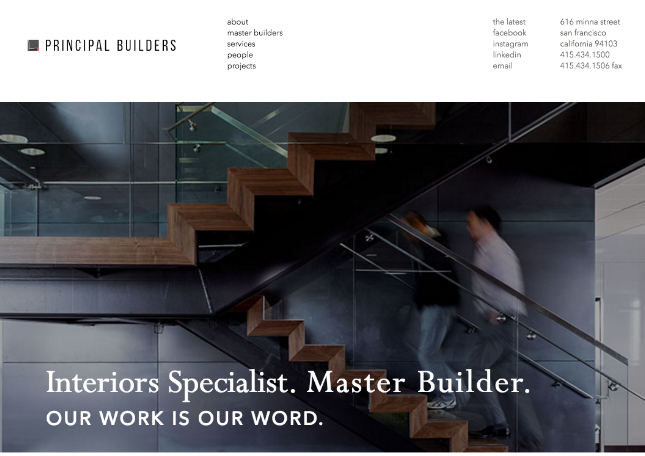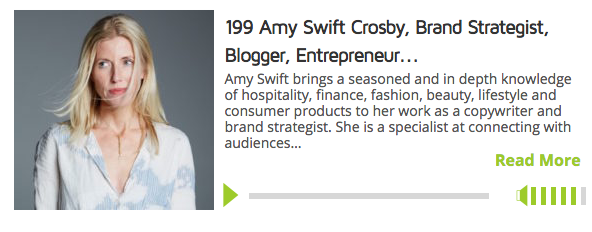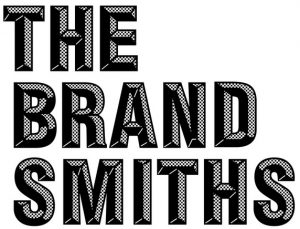
Do words really matter?
For me, they carry the weight of the world. They are both my compass and my currency. I hang my hat on them — professionally, of course, but in any meaningful relationship, they are an active agreement.
I write this from a place of imperfection. I’m not a model for it, but I strive to be. Anyone who knows me knows that breaking my word causes havoc inside me. When others break their word, it disorients me — plagues me — questions my investment in them.
When someone says, “I’ll see you at six o’clock” — I believe them. When they say, “We’ll pay your invoice tomorrow,” I believe them. When they say, “We want to make something with you / work with you / co-create with you,” I believe them.
But words don’t mean the same thing to all people. The only way to know if your employees / partners / teammates / clients share this value, is to listen to them, and watch them. Do they say one thing and do another? Are their feet in the same place as their sentences? Does their money / action follow their enthusiasm / said commitments?
This is why it is such a pleasure to work with clients, partners and collaborators who not only embrace this philosophically, but who live it actually. “Our work is our word” was the perfect tagline for this group of general contractors (voted Best Place to Work in SF). They represent a small legion of people who still care about the weight of words, and build great things because of it.
Thank goodness.






